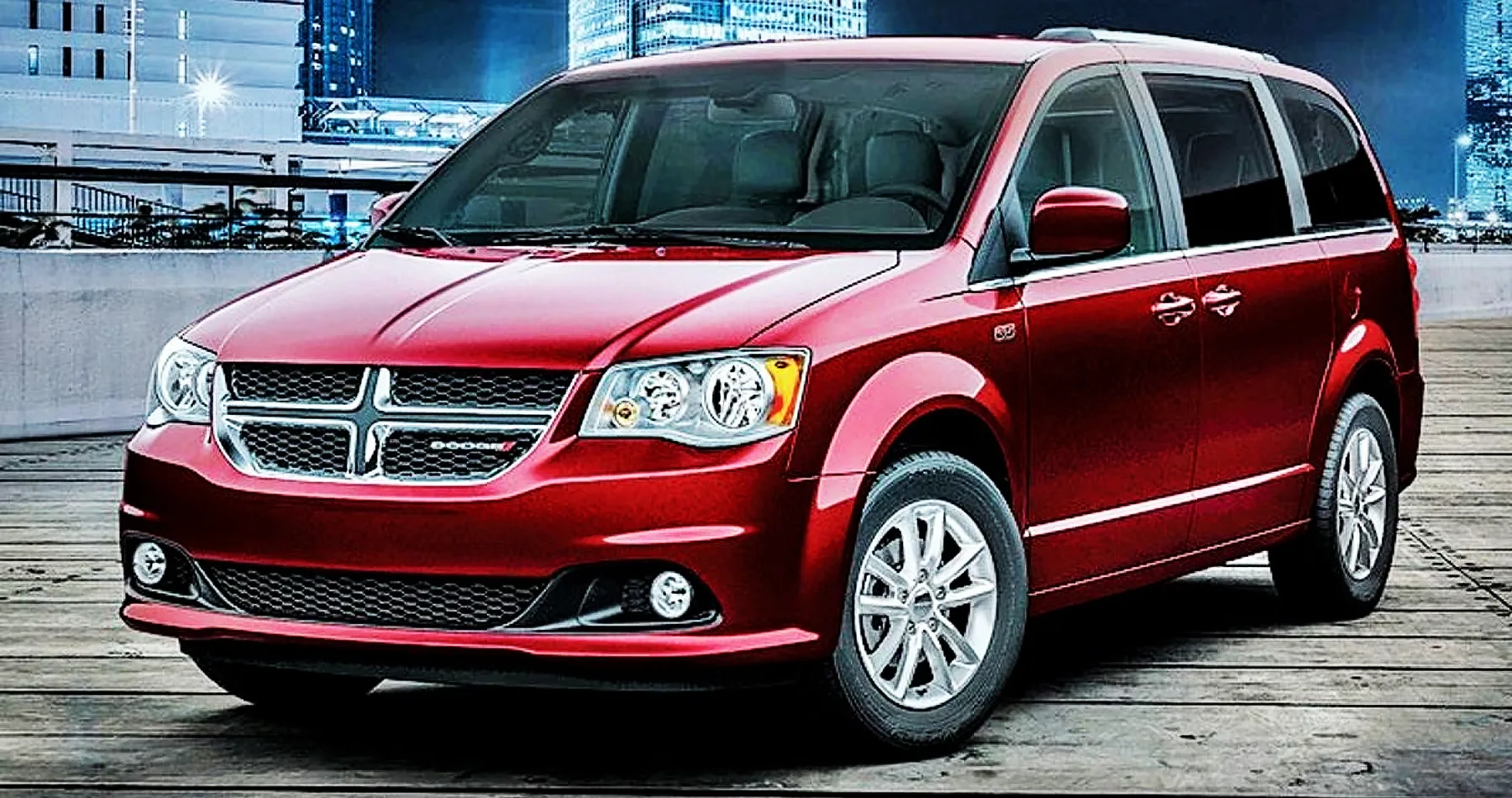The Dodge Caravan, a stalwart in the minivan segment for decades, underwent significant changes over its long history before ultimately being discontinued. This iconic vehicle played a pivotal role in revolutionizing family transportation, but its discontinuation was due to various factors that affected its market relevance and profitability.
Introduction:
The Dodge Caravan, introduced in 1984, quickly became a symbol of practicality and versatility for families across the United States and beyond. Its innovative design and functional features catered specially to the needs of families, making it a dominant force in the minivan market for years.
Evolution of the Dodge Caravan:
Initially, the Caravan was a groundbreaking concept, offering the space of a van with the drivability of a car. It introduced the sliding rear door, which became a standard in the minivan segment. Over the years, it underwent numerous facelifts, feature enhancements, and technological upgrades to keep up with changing consumer preferences and safety standards.
Why Dodge Caravan discontinued?
Changing Market Dynamics:
However, the automotive market evolved significantly over time. The dominance of the minivan market started to wane with the rise in popularity of SUVs and crossovers. Consumers increasingly favored vehicles offering a more rugged and sporty image, which minivans struggled to match.
Decline in Sales:
The declining sales of the Dodge Caravan were a clear indicator of changing consumer preferences. While it remained a reliable and practical choice for families, its image lacked the appeal that newer SUVs and crossovers offered. The decline in sales made it difficult for Dodge to justify continued investment in a segment that was no longer as lucrative as it once was.
Competition from Within and Beyond:
Internally, Dodge faced competition not only from other minivans in the market but also from its lineup. As alternatives that catered to a similar clientele, other Dodge automobiles and those from sibling firms under the same corporate umbrella started to eat into the Caravan’s market share.
Economic Viability and Regulations:
Moreover, meeting increasingly stringent emissions and safety regulations demanded substantial investments in research and development. As the demand for minivans declined, the cost of compliance with these regulations became a significant factor in the decision-making process for the continuation of the Caravan.
Brand Reformation and Strategy Shift:
Dodge had to reassess its brand strategy to adapt to the changing automotive landscape. With a shift in focus towards more profitable vehicle segments, the decision to discontinue the Caravan might have been a part of a larger strategy to streamline the product lineup and concentrate on more lucrative segments.
Legacy and Impact:
Despite its discontinuation, the Dodge Caravan’s legacy remains significant. It played an instrumental role in defining family transportation for an entire generation. Its influence on the automotive industry, particularly in the minivan segment, cannot be overstated. Many features pioneered by the Caravan have become industry standards, leaving an indelible mark on the history of automobiles.
Conclusion:
Due to complex market dynamics, shifting consumer preferences, heightened competition, and the necessity for automakers to adjust to a changing industry, the Dodge Caravan was discontinued. While the Caravan’s demise marked the end of an era in the minivan segment, its impact and legacy continue to resonate within the automotive landscape.
